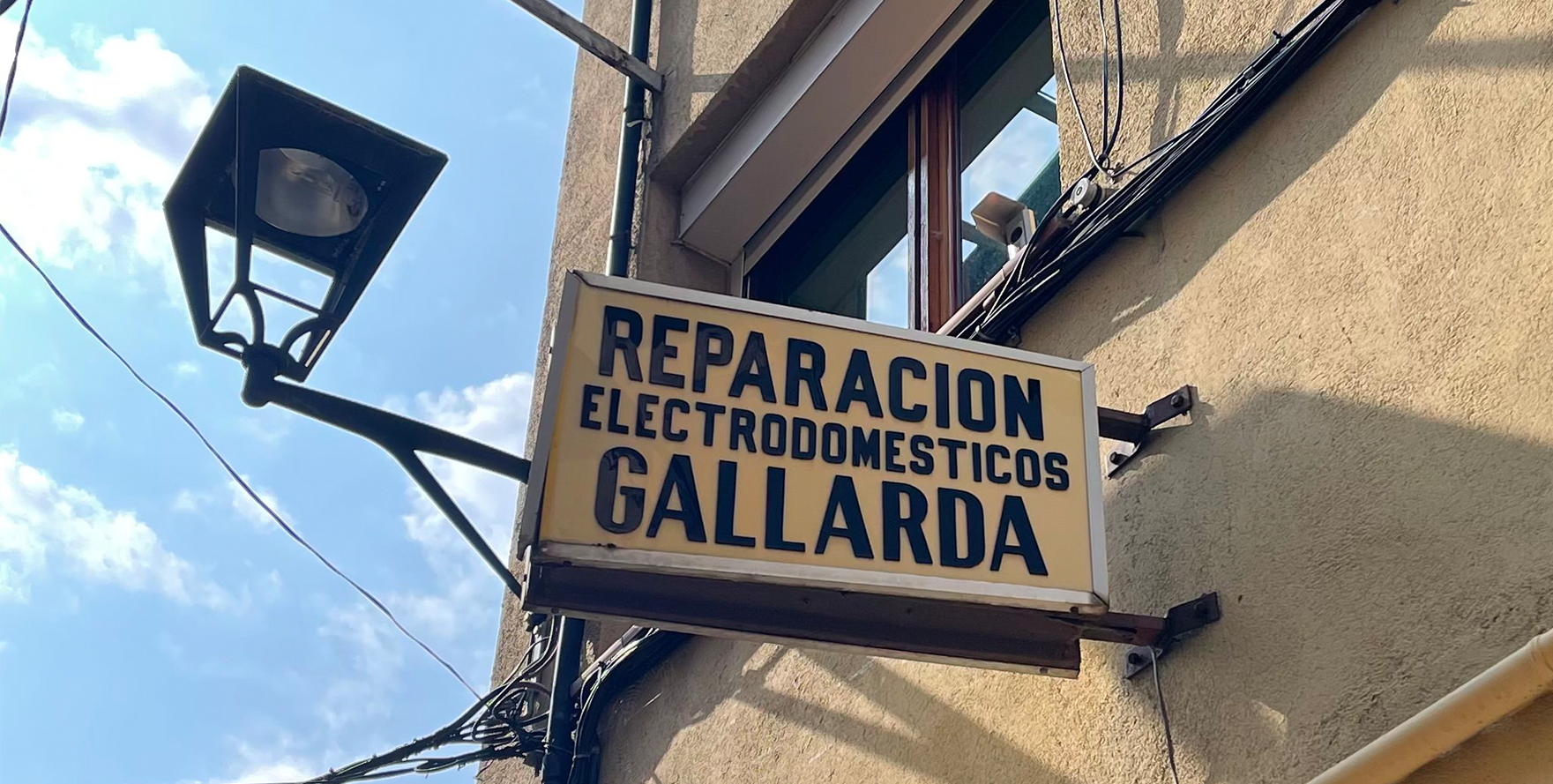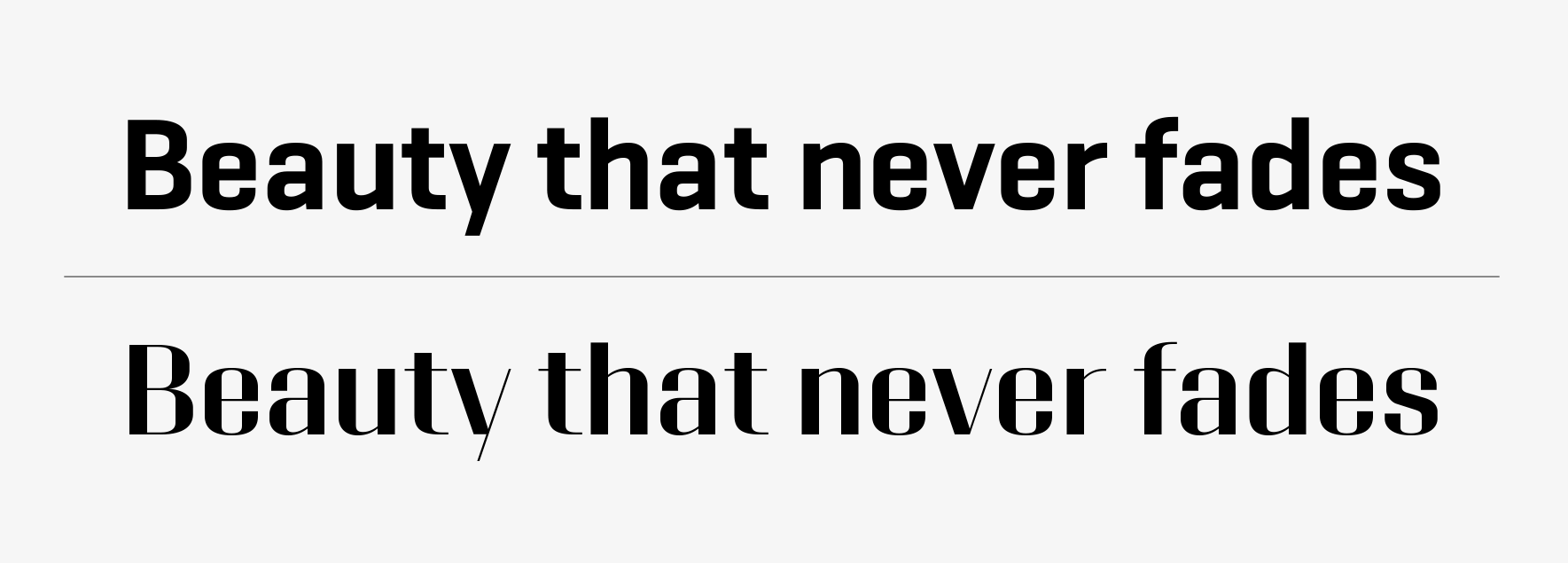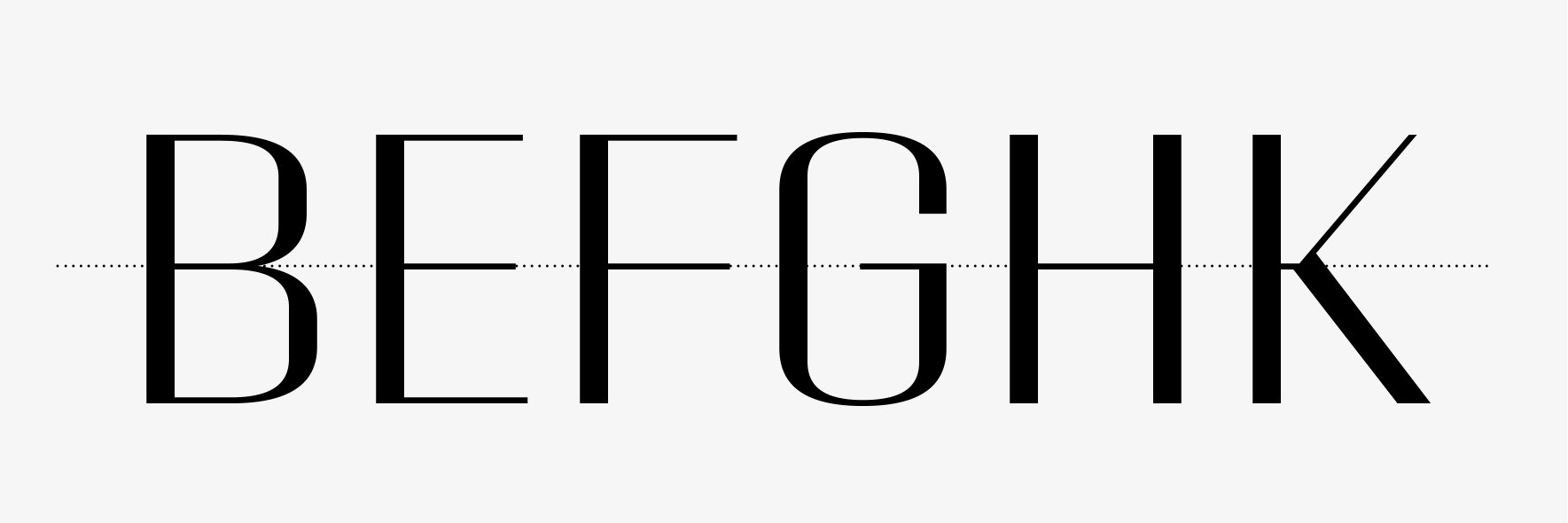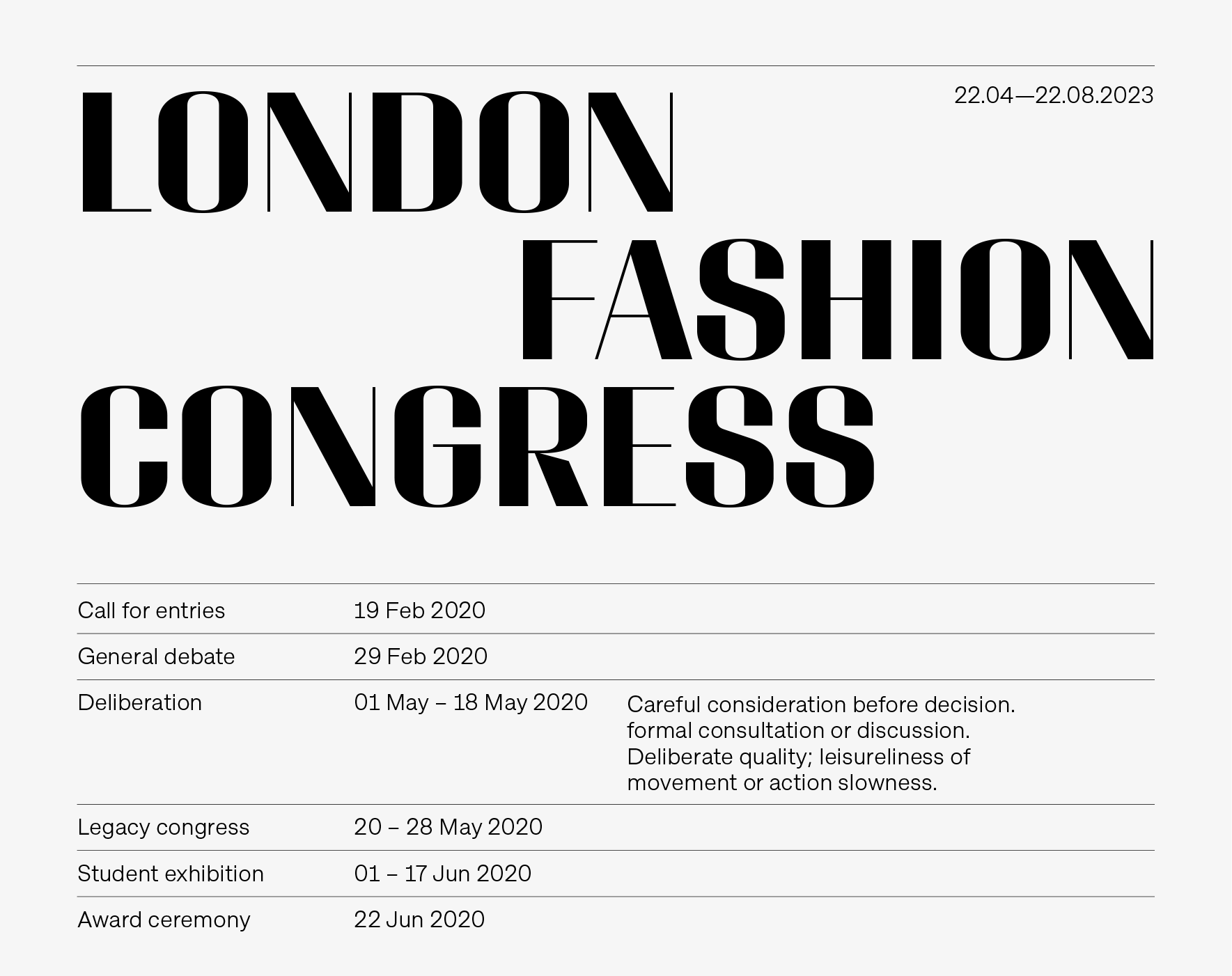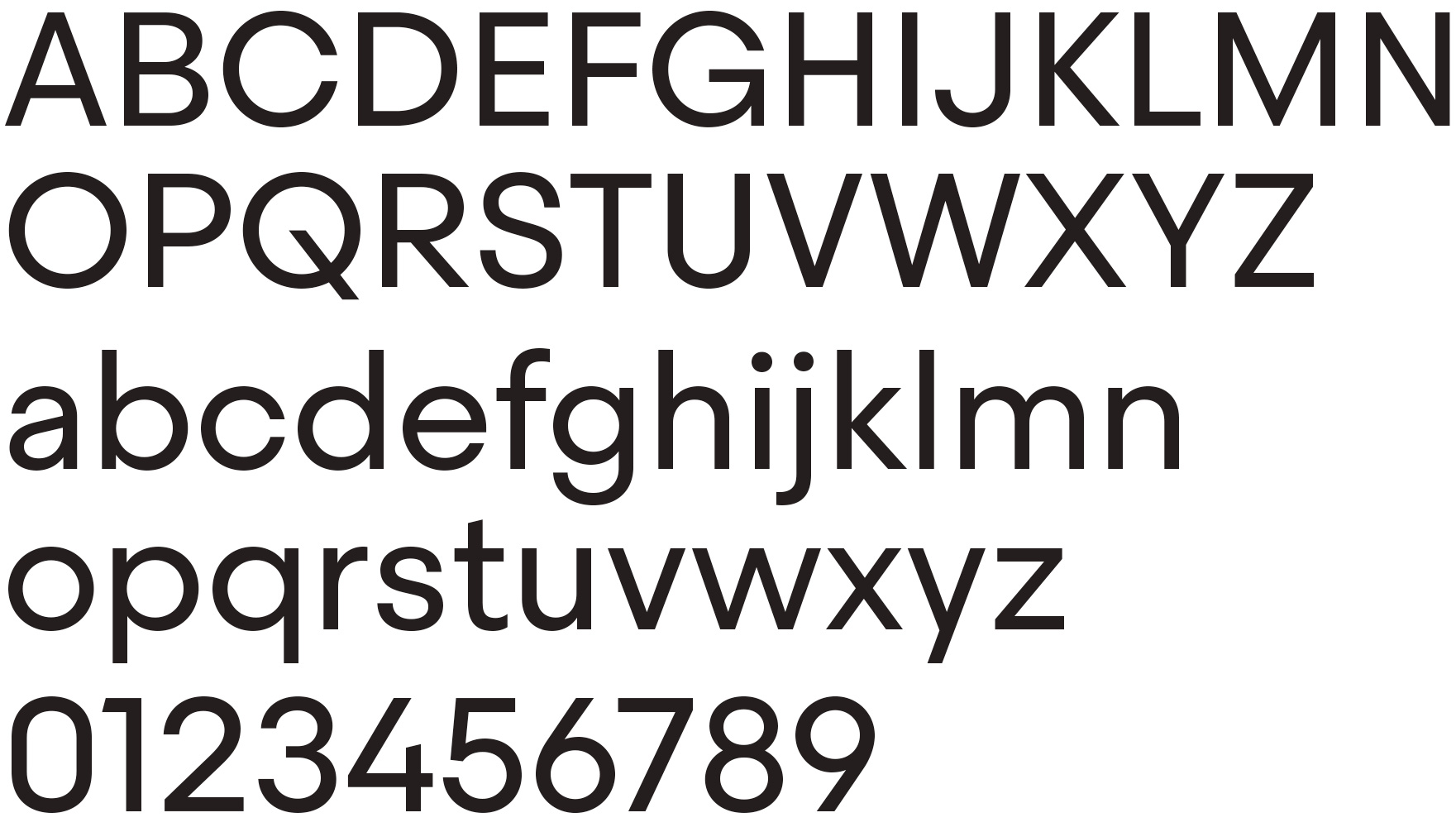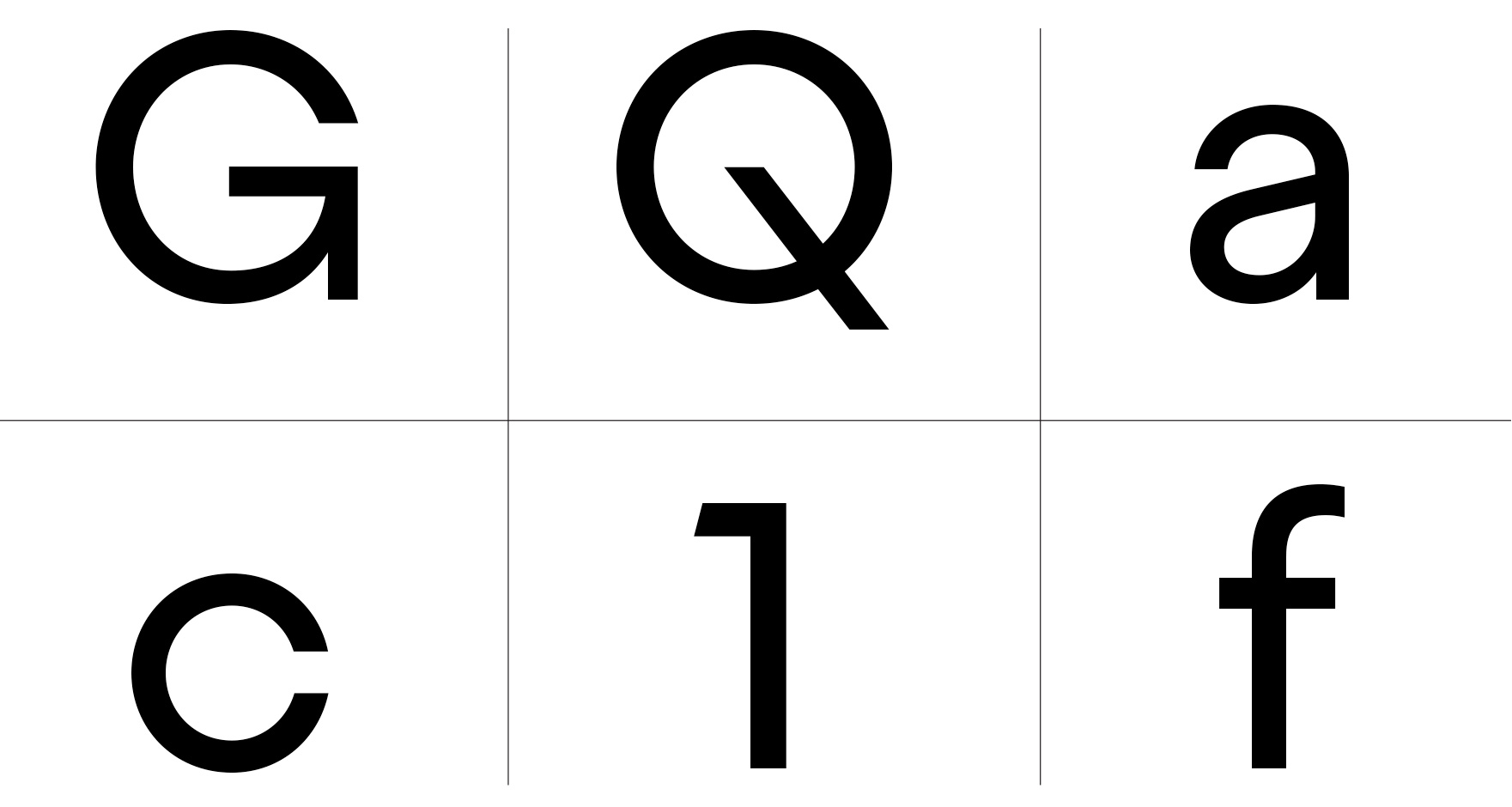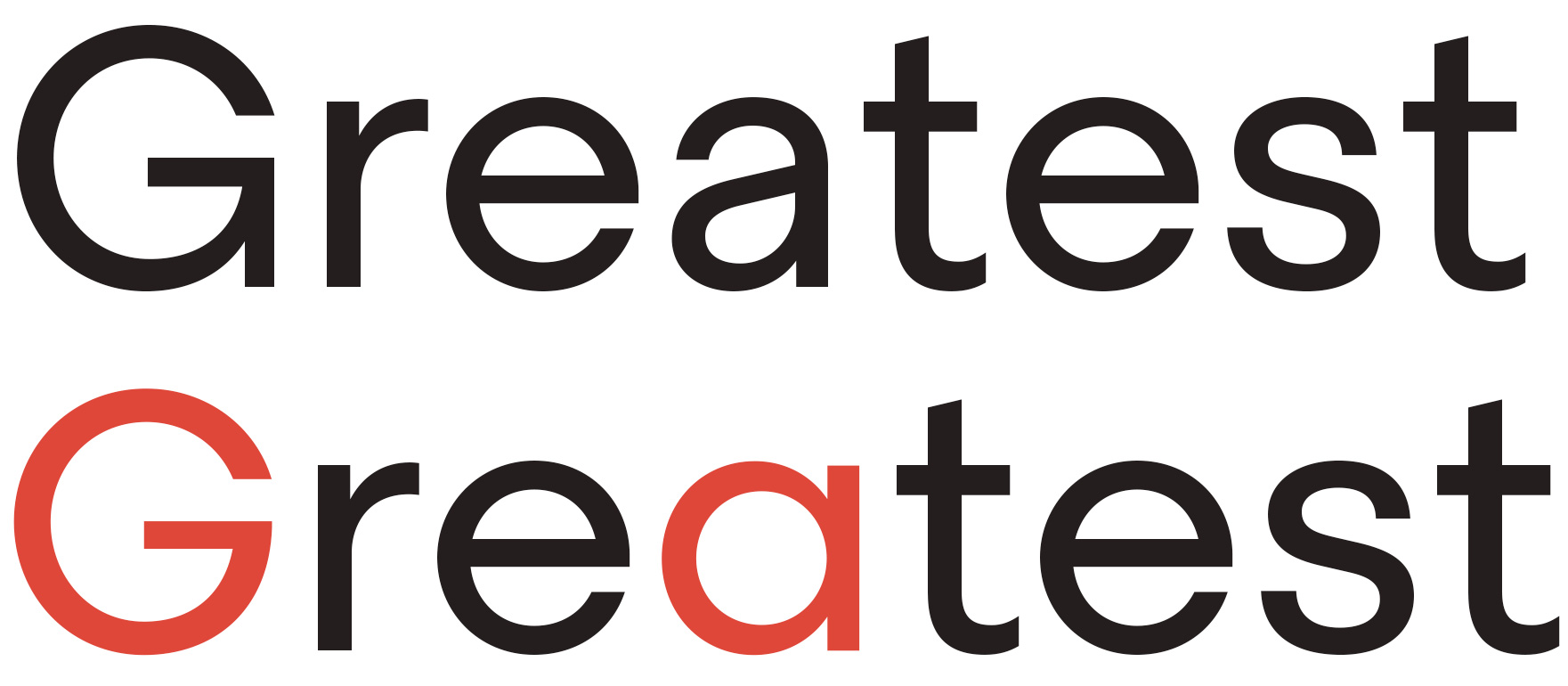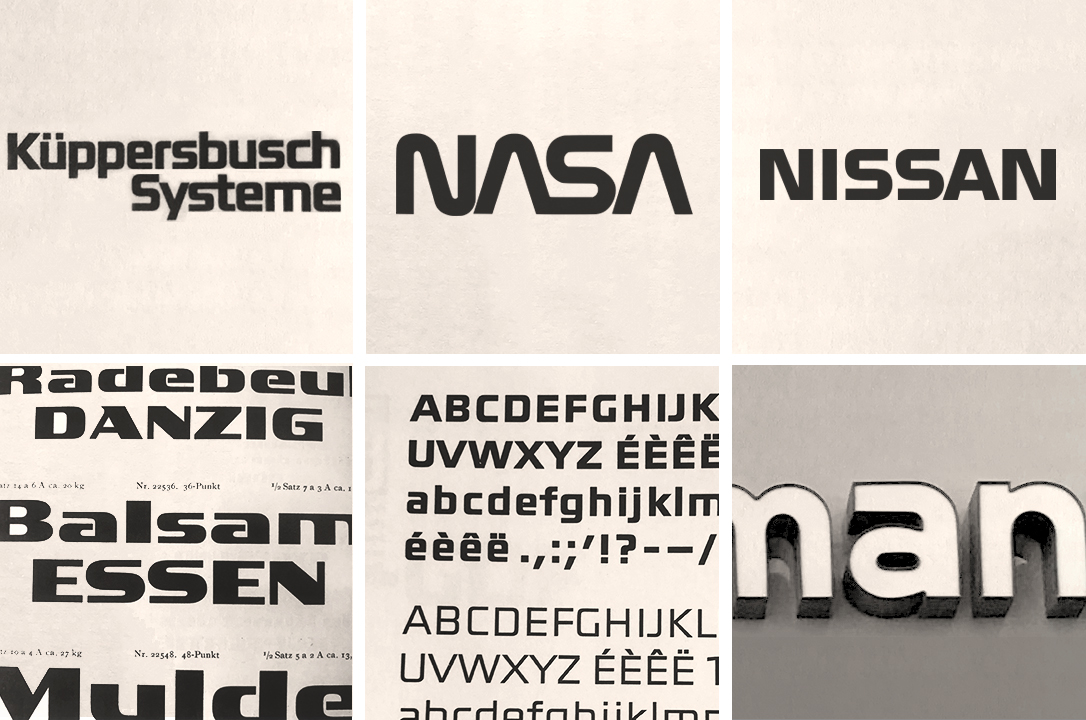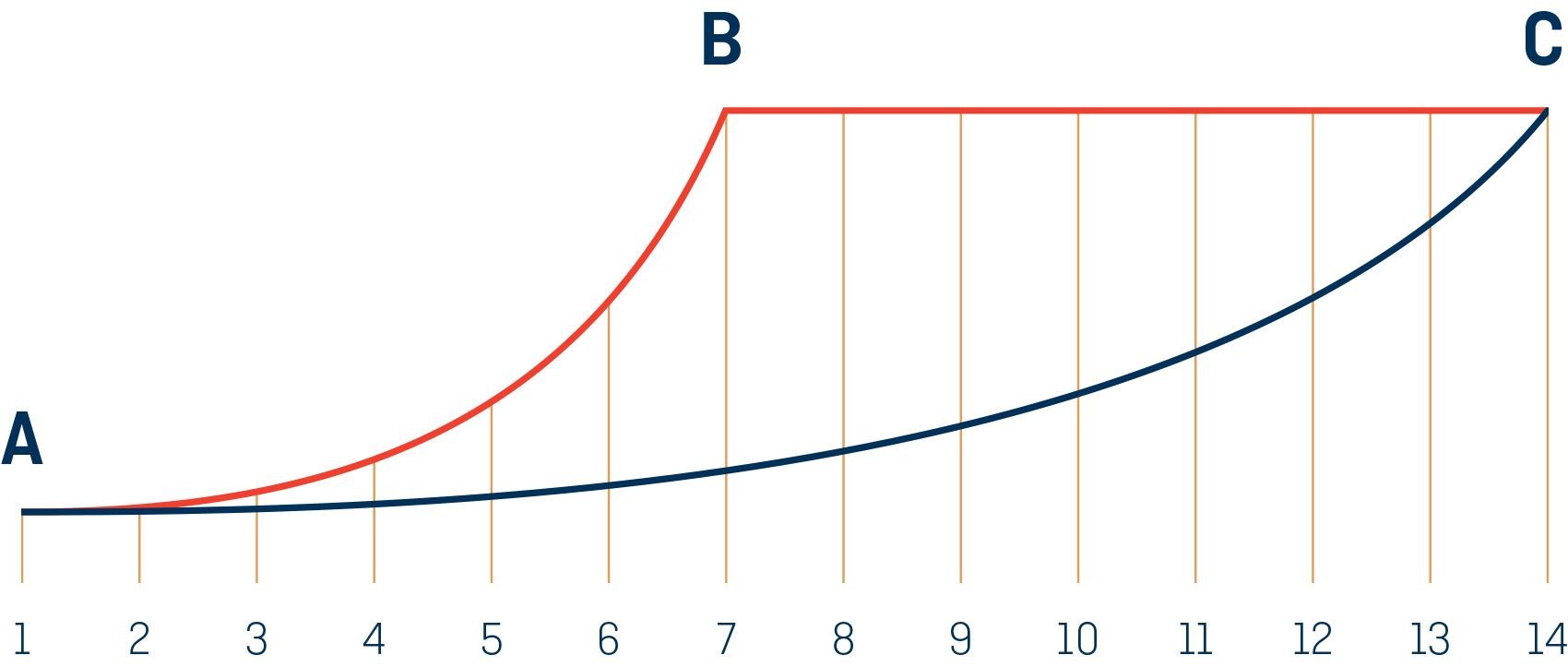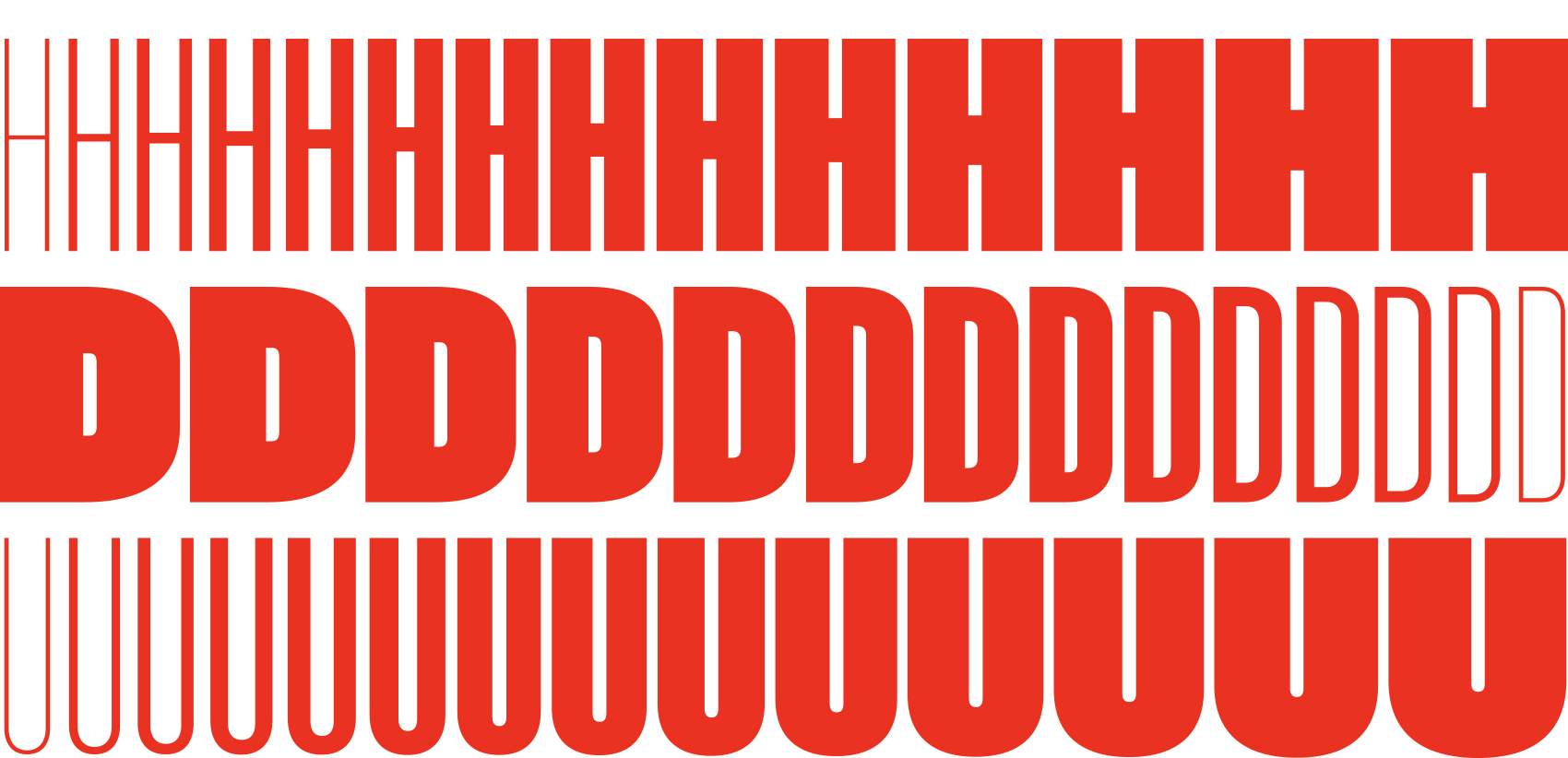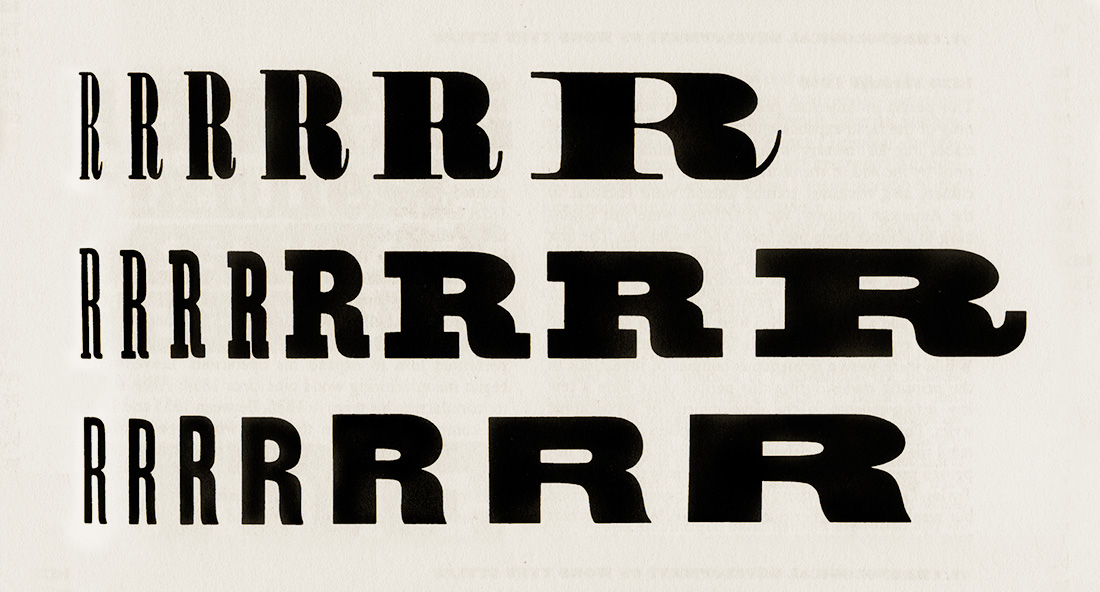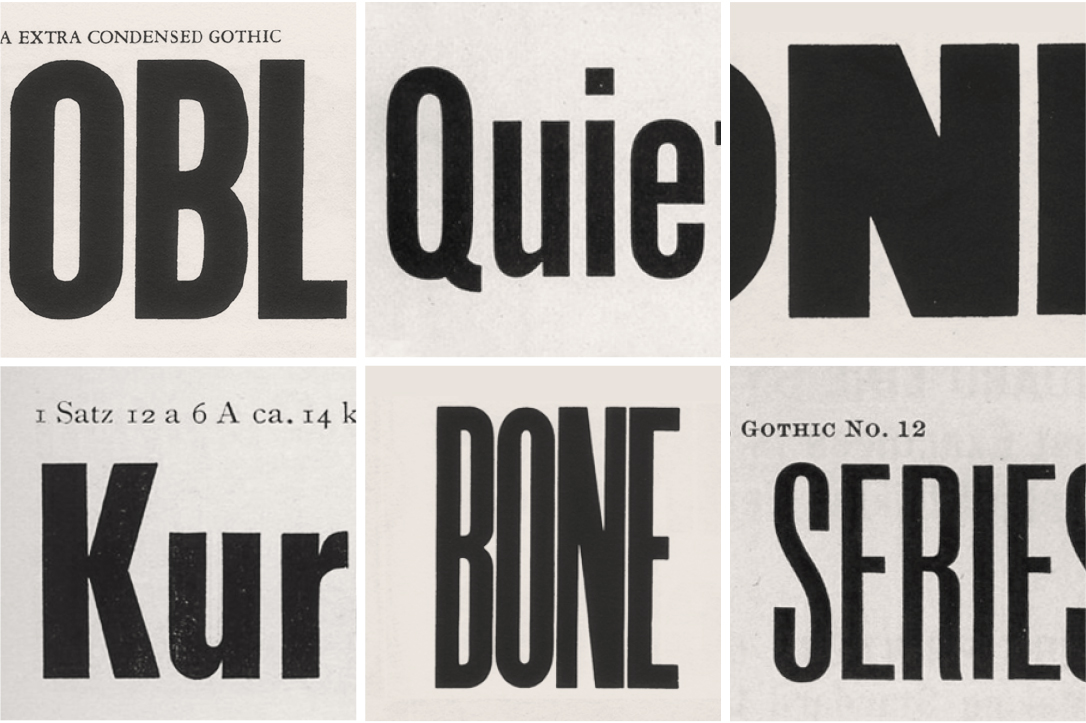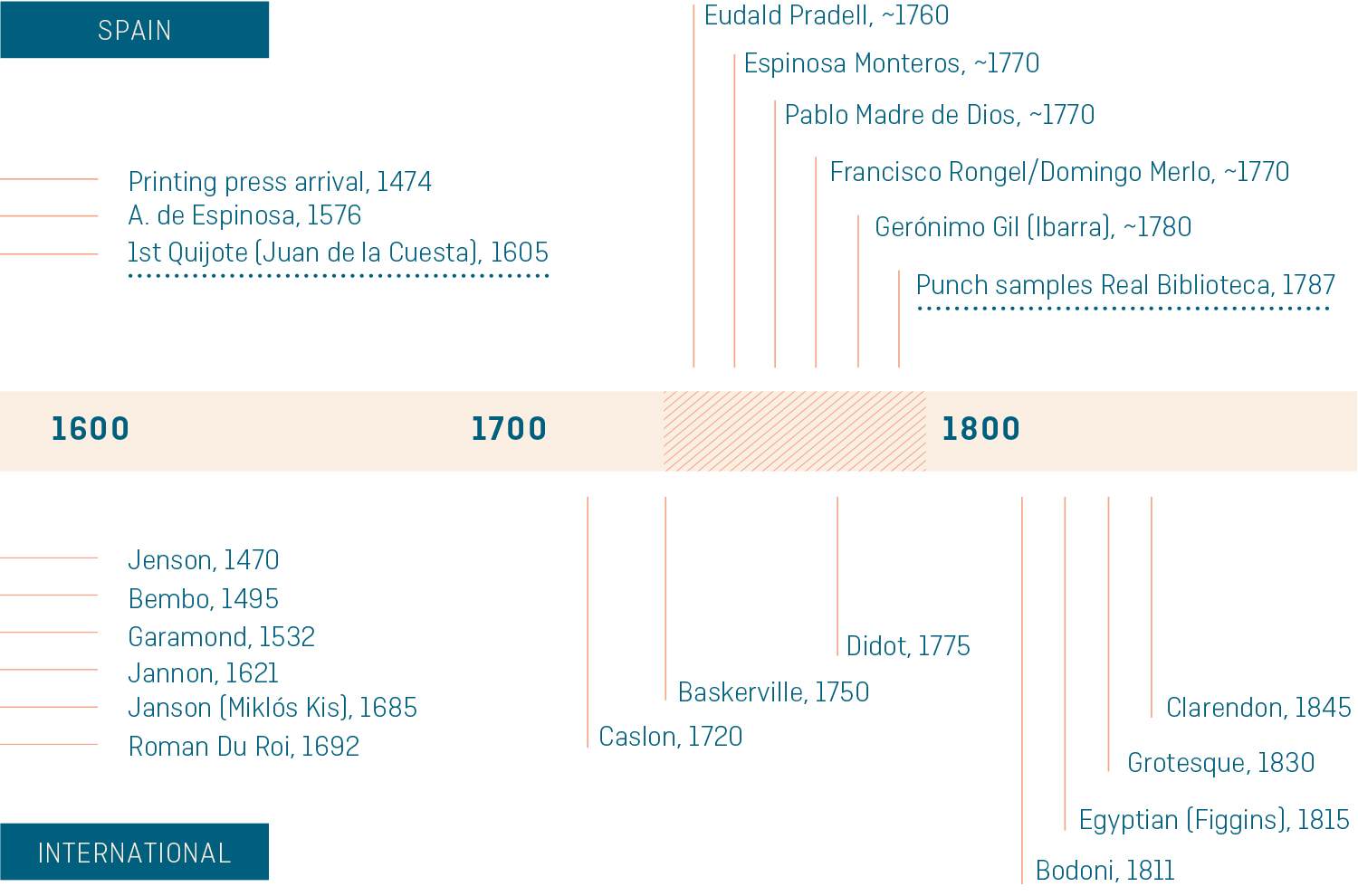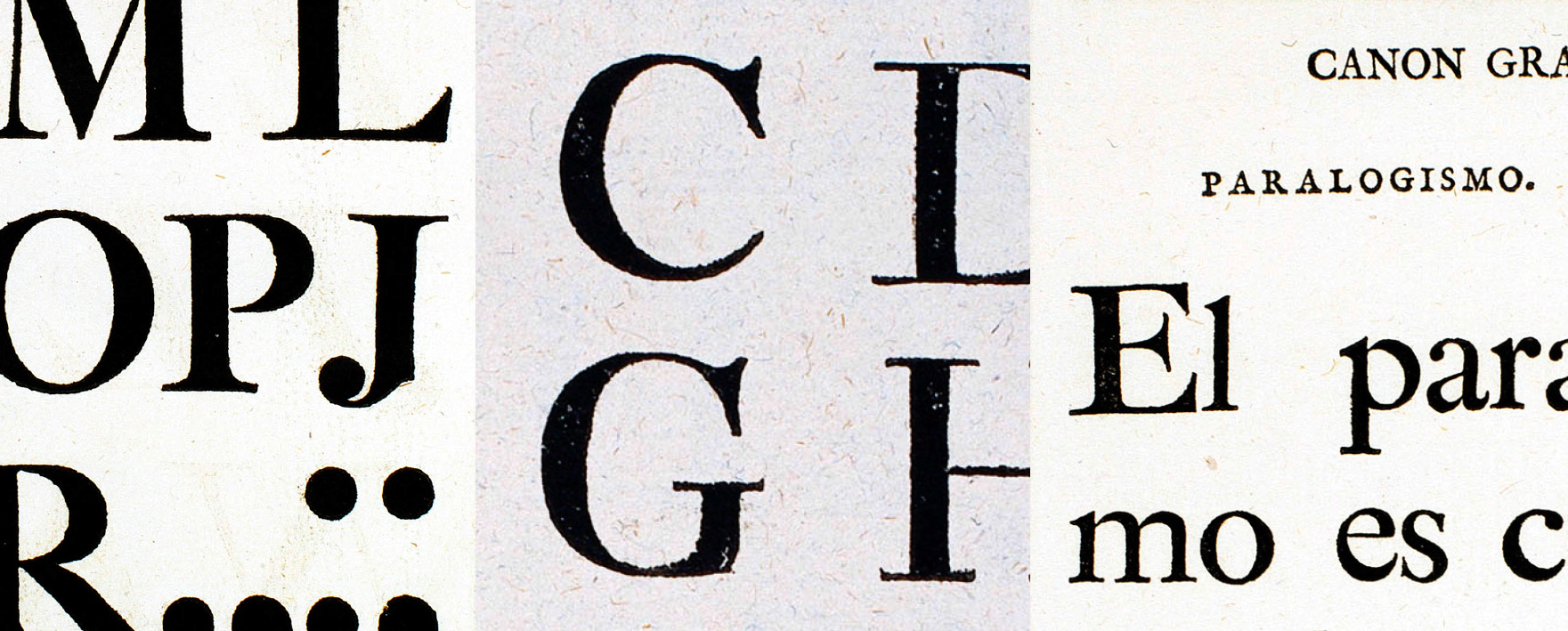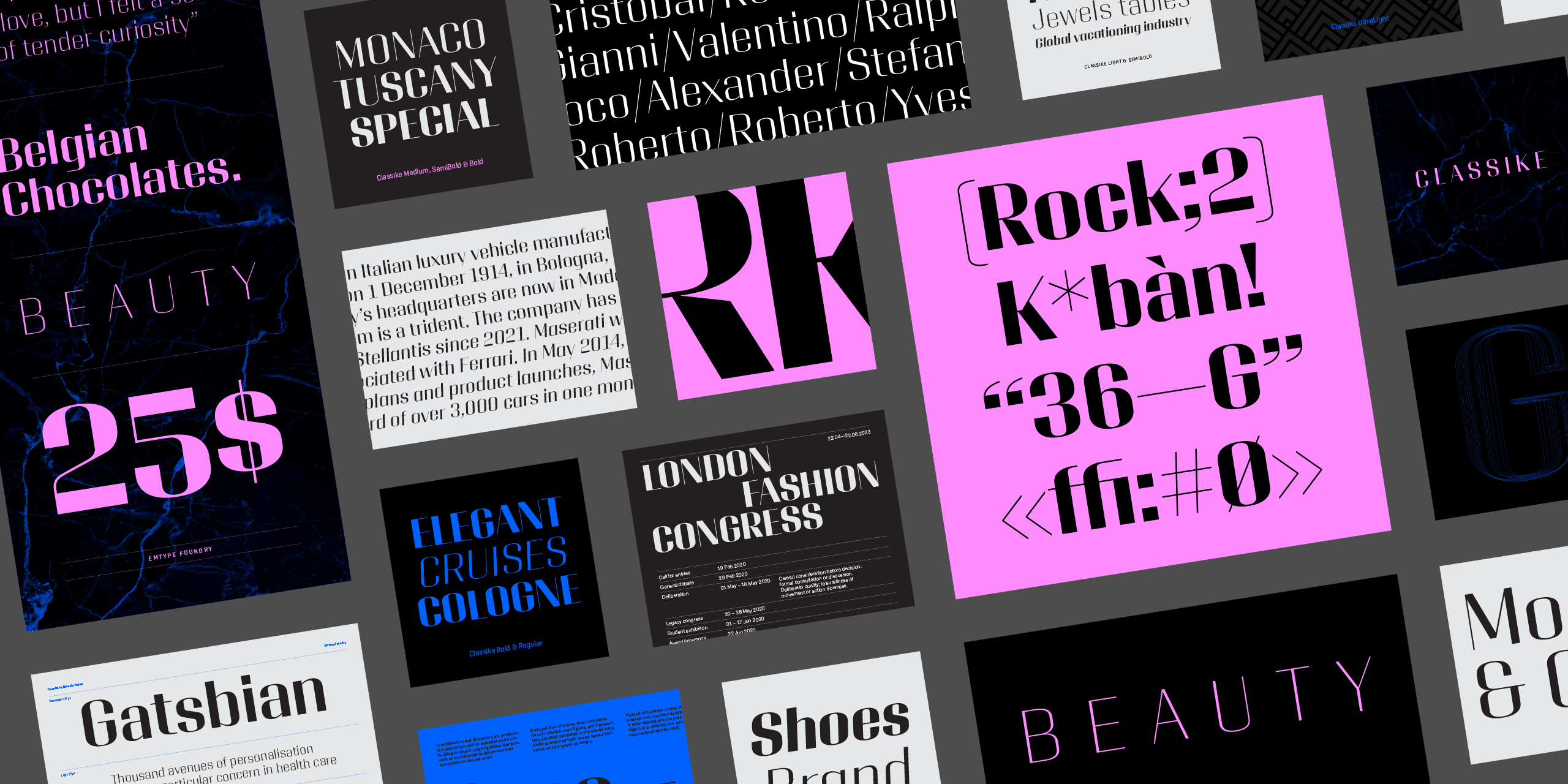
Classike is a high contrast squarish display typeface. Inspired by the Art Déco period from a modern perspective. Refined and elegant yet with a mechanical vibe, it is ideal for pairing with any functional font, it works especially well with Geogrotesque, from which it inherited its proportions and soul. Classike adds an exclusive touch and helps enrich your graphic voice...
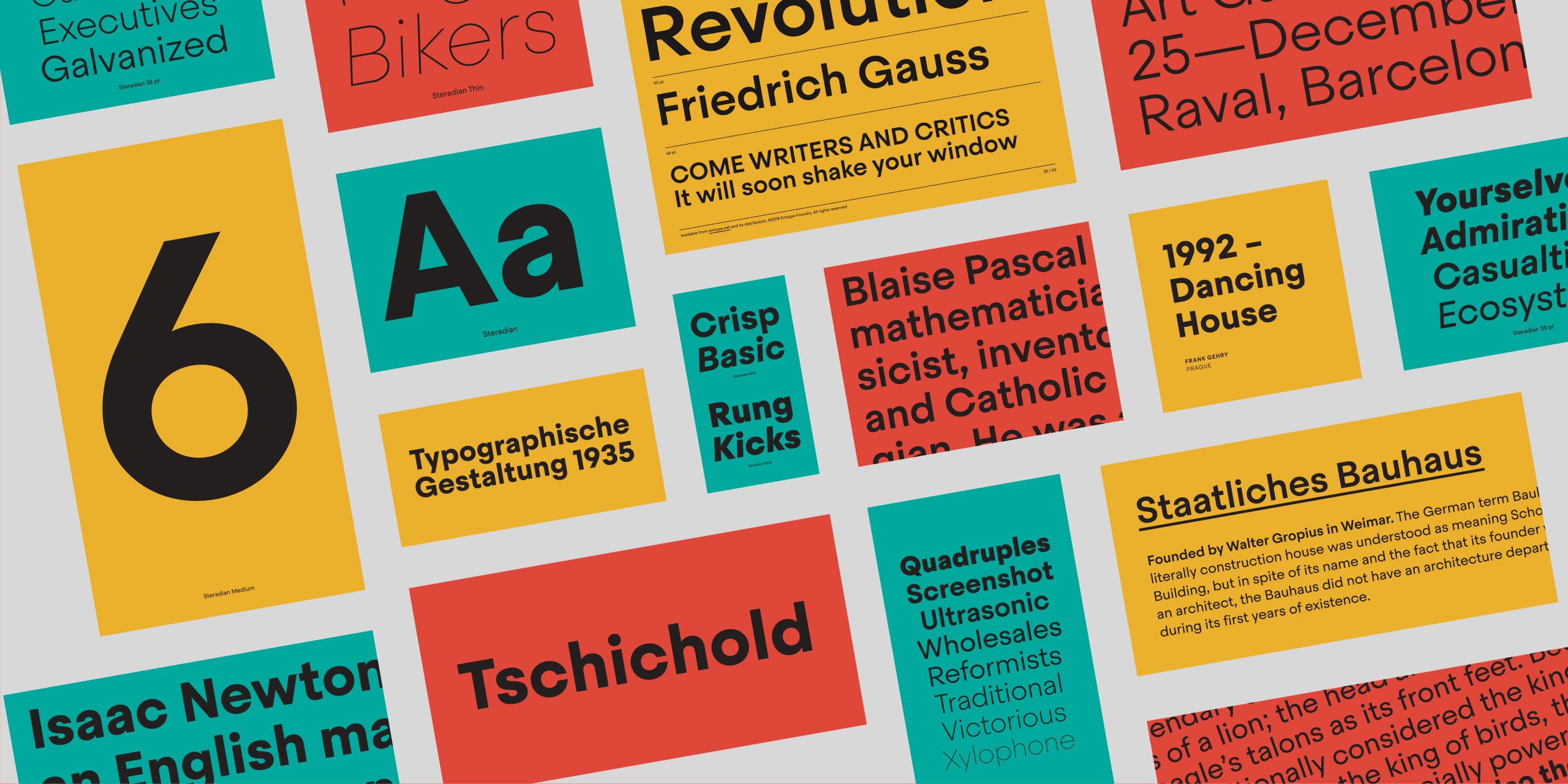
Steradian is an exploration of the geometric genre and although it has a geometric base, the widths between letters are not much different across the weights, something common of the style. That is due to the process, in which the proportions of the heavier weights paved the way for the lighter ones. It also has a series of details that make Steradian stand out and gives it a special touch. Some of its main features are the double-story ‘a’, its closed apertures and some of the capitals have a distinct personality (such as the G and Q)...
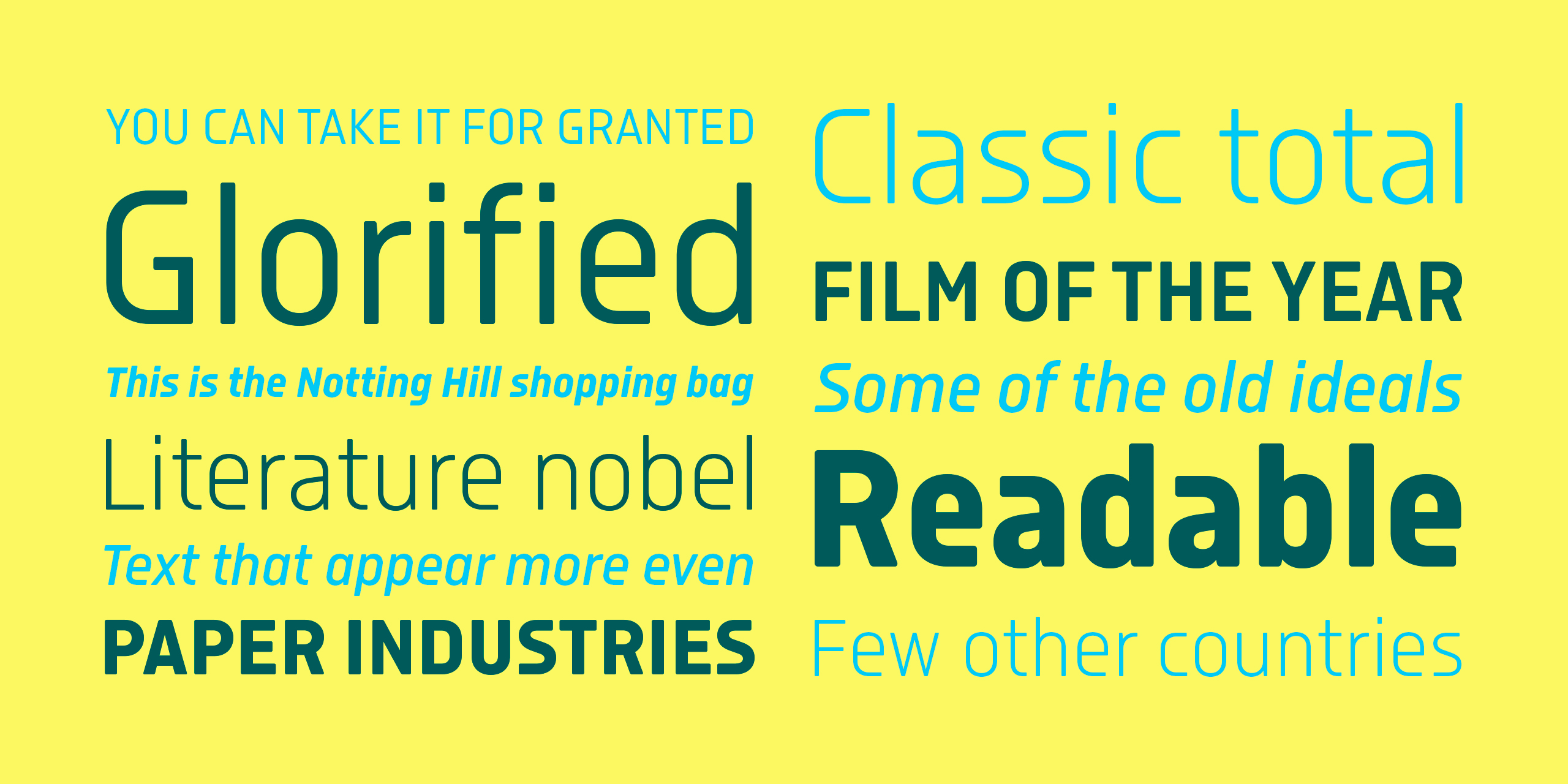
Isotonic started out as a spin-off with the idea of creating a text oriented version of Ciutadella, It has since taken on a life of its own. Building on a foundation that has proven to work very well, we decided to open the counters and increase the x height. Even though it is not strictly a text font, it works surprisingly well in body sizes and screens. The soft corners gives charm, closeness and an appropriate voice for sports, science, tech, economy etc...
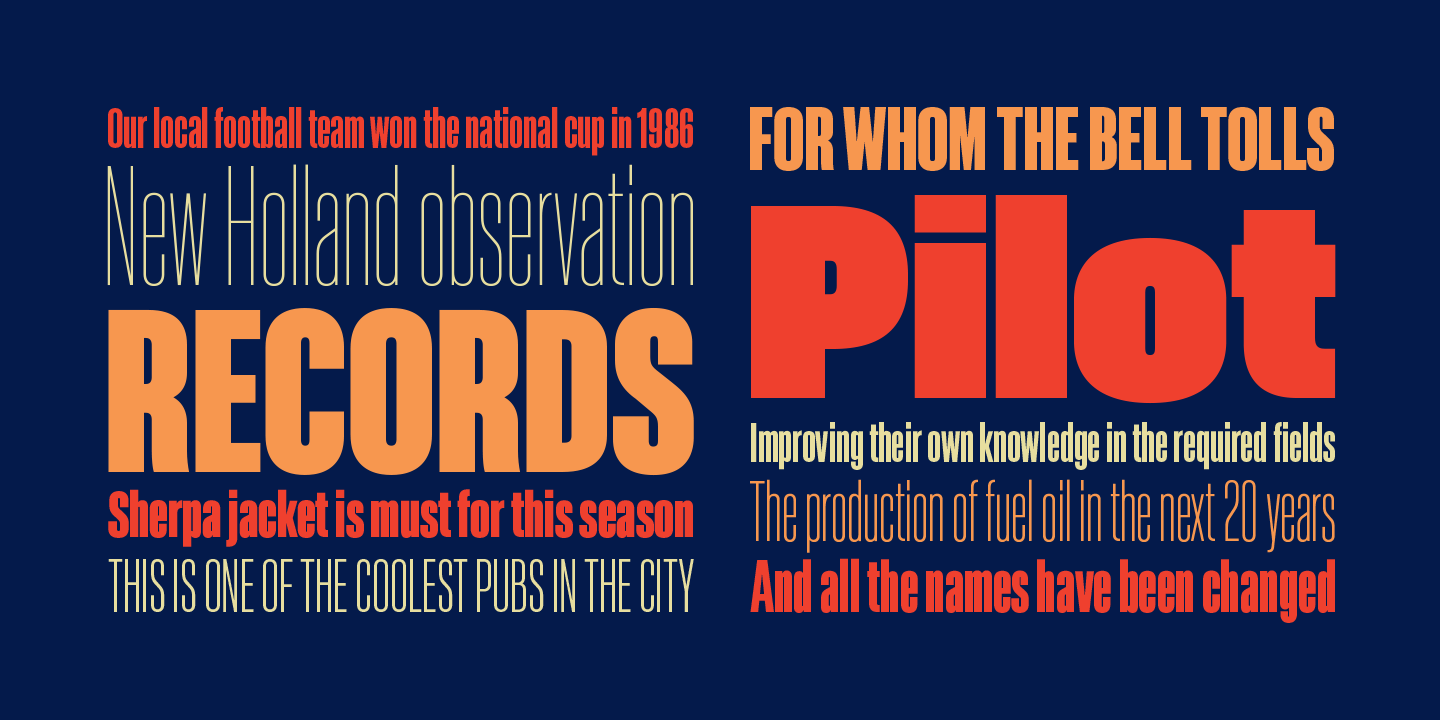
Akkordeon is a display font family roughly inspired by grotesques from the XIX and XX centuries. It is not conceived as a family of constant width but has a variable breadth from narrow to expanded, offering a wide gradation of weights. Akkordeon is designed to be used in short texts such as magazine titles, banners, cover books, charts, advertising, branding and any situation where a compact, solid and powerful font is required...
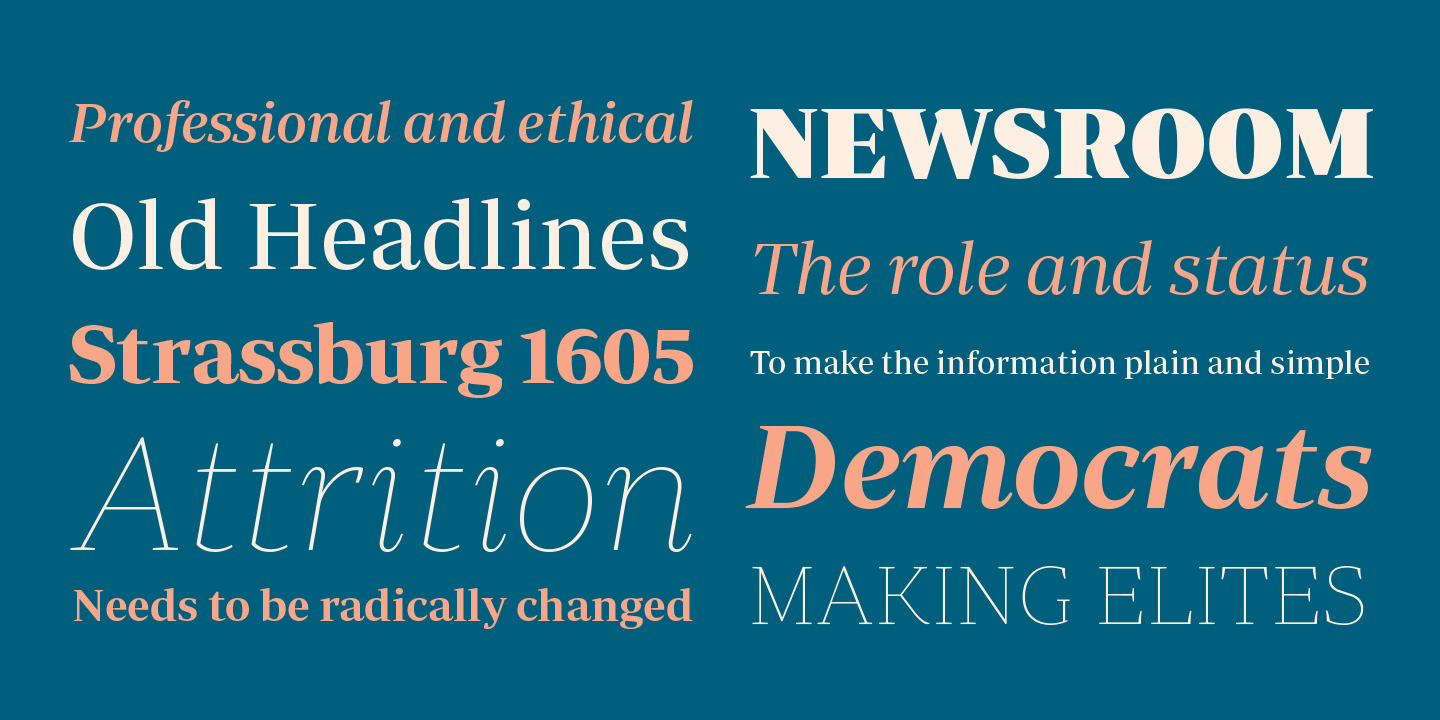
Typography is a key factor in any graphic identity, but when we talk about a journal this takes special relevance. A newspaper is virtually done only with typography, it could be done without pictures, but not without words. A custom typeface gives cohesion to all the elements of an identity and when we use the font, no matter the application, we are strengthening the brand. Periódico (newspaper in spanish), was originally commissioned by Alfredo Triviño for the spanish daily newspaper ABC. Inspired by old spanish typographic engravings, mostly from the second half of the XVIII century, we picked out the most relevant details of spanish typography as the source of inspiration, and instead of making a revival or an interpretation of these models, we started from scratch to create a truly original font family...





